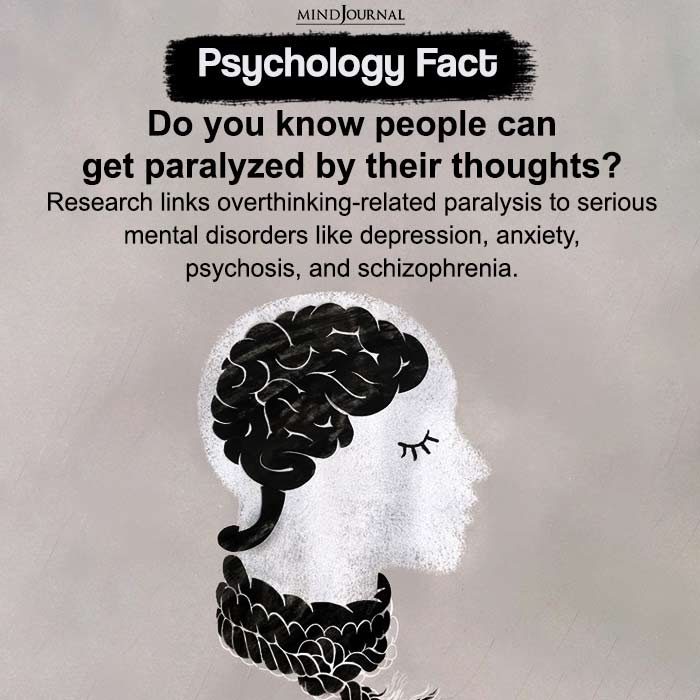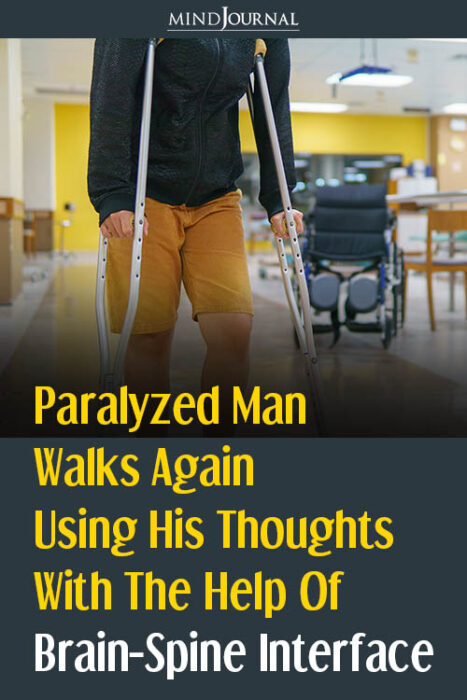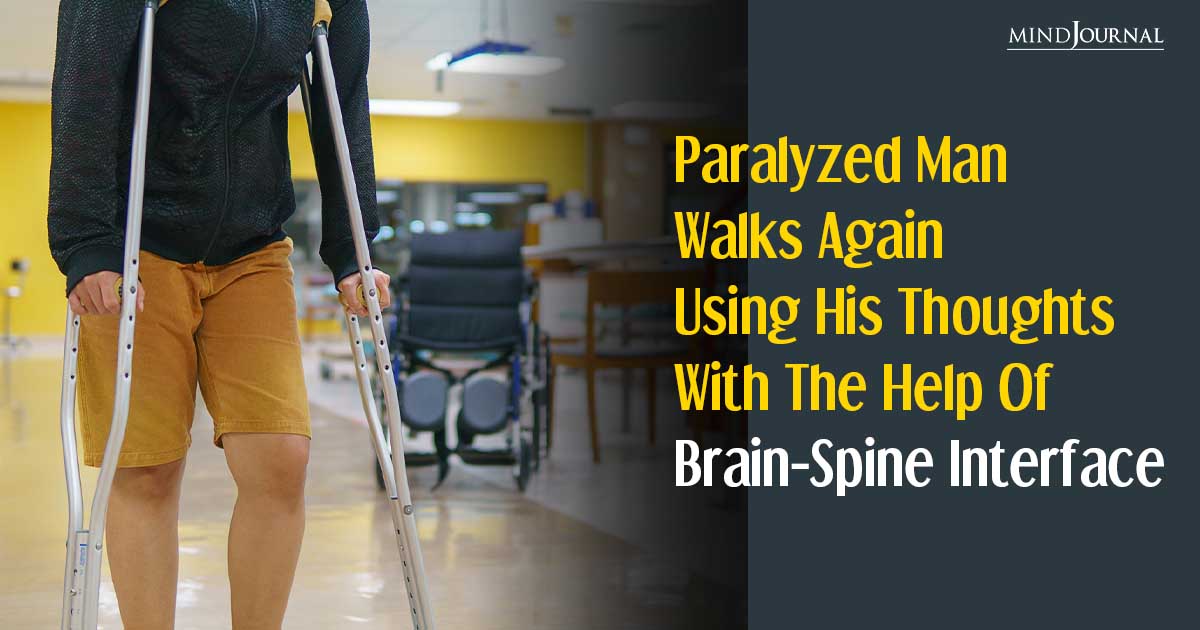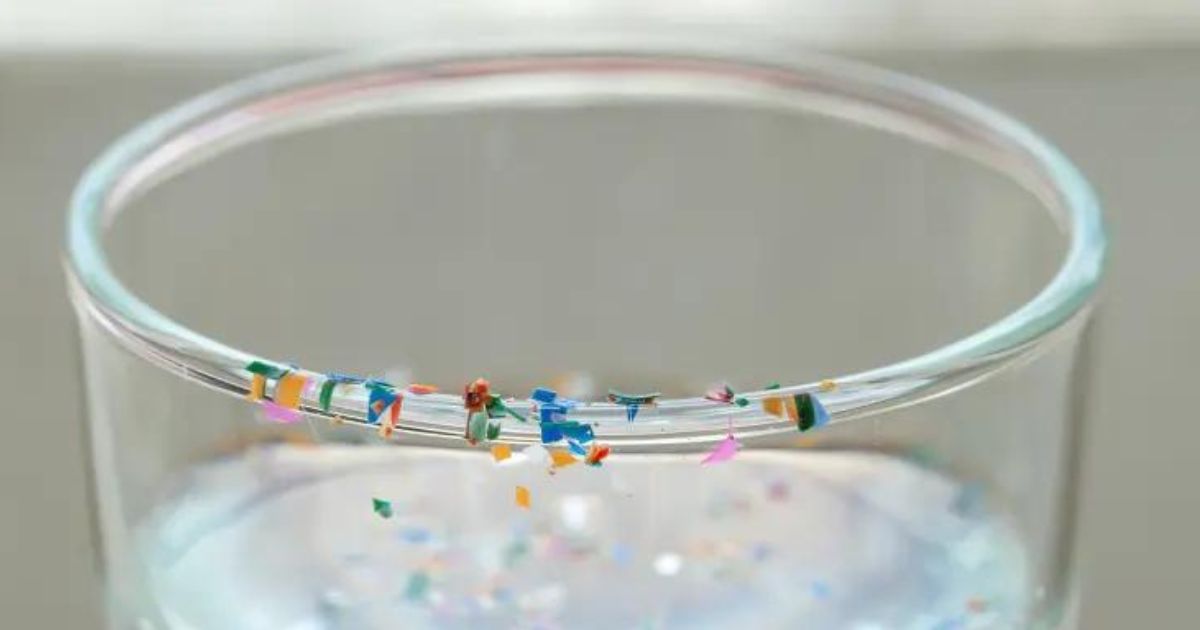What if a paralyzed man walks again after suffering a devastating spinal cord injury? That’s precisely what Gert Jan Oskam, a 40-year-old cyclist, has achieved thanks to a groundbreaking device called a brain spine interface.
Twelve years ago, Oskam suffered a severe accident that damaged his spinal cord, leaving him with paralyzed legs and partially paralyzed arms. However, with the help of this innovative technology, he has managed to reclaim his mobility and take steps toward a brighter future.
Related: 20+ Carl Sagan Quotes To Explore the Wonders Of The Cosmos
How Does The Brain Spine Interface Work?
As reported by Nature, Oskam’s life has been transformed by the brain spine interface, which acts as a digital bridge between his brain and the nerves below his injury.
This paralyzed man walks again due to the device developed by neuroscientist Grégoire Courtine and his team at the Swiss Federal Institute of Technology in Lausanne, this device builds upon previous research they conducted in 2018.
The team demonstrated that electrical stimulation of the lower spine, combined with intensive training, could enable individuals with spinal cord injuries to walk again.
Oskam was one of the participants in that trial, and while he experienced notable improvements, his progress eventually reached a plateau. However, the introduction of the brain spine interface took his rehabilitation to new heights.
By integrating the existing spinal implant with two disc-shaped implants inserted into his skull, the device establishes a connection between Oskam’s brain and the stimulation of his spinal cord.
Paralyzed Man Walks Again Harnessing The Power Of Thought
When Oskam envisions walking, the skull implants detect electrical activity in his brain’s outer layer, known as the cortex. This signal is then wirelessly transmitted and decoded by a computer housed in a backpack that Oskam carries.
A paralyzed man can walk again, because the information is subsequently relayed to the spinal pulse generator, allowing him to control the parameters of the stimulation. In essence, Oskam has shifted from being controlled by the device to controlling it with his thoughts.
After undergoing approximately 40 rehabilitation sessions with the brain spine interface, Oskam experienced a remarkable recovery. He regained voluntary control over his legs and feet, a feat that was not possible with spinal stimulation alone.
This progress suggests that the training sessions facilitated further regeneration in nerve cells that were not entirely severed during his injury. Oskam has even been able to walk short distances without the device, with the assistance of crutches.
Related: You Can’t Use 100% of Your Brain and That’s a Good Thing
A Leap Forward
Neuroscientists and experts worldwide hail this achievement as a significant advancement in the field of spinal cord injury treatment.
Bruce Harland, a neuroscientist at the University of Auckland, emphasizes the positive implications for individuals with chronic spinal cord injuries, as it opens up new possibilities for healing.
Anna Leonard, a neuroscientist at the University of Adelaide, notes that while the brain spine interface primarily focuses on walking, other interventions, such as stem cell research, hold promise for further improving outcomes in related areas like bladder and bowel control.

What Does This Mean For The Future?
While the brain spine interface has shown remarkable results, researchers acknowledge that less-invasive alternatives would be ideal. In Oskam’s case, one of the skull implants had to be removed after five months due to an infection.
However, Jocelyne Bloch, the neurosurgeon who performed the implantation, assures that the risks involved are minimal compared to the substantial benefits.
She emphasizes that the potential for infections or hemorrhages, although present, is outweighed by the positive impact on patients’ lives.
Looking ahead, Courtine’s team aims to extend the application of this technology to restore arm movements. Currently, they are in the process of recruiting participants for further research and exploration in this area.
The possibilities seem endless, and with continued advancements in the field, the potential for enhancing the quality of life for individuals with spinal cord injuries grows exponentially.
The story of Gert-Jan Oskam stands as a testament to human resilience and the power of scientific innovation. Through the brain spine interface, he has triumphed over his physical limitations and reclaimed his independence.
This groundbreaking device, which enables individuals with spinal cord injuries to regain voluntary movement, has given hope to millions worldwide.
Related: 8 Terrifying Facts About Sleep Paralysis
While there are still challenges to overcome and further research to be done, the future looks brighter than ever for those living with spinal cord injuries.
As technology continues to advance, we can dare to dream of a world where paralysis is no longer an insurmountable obstacle, but a challenge that can be overcome through the indomitable human spirit and the wonders of scientific progress.









Leave a Reply
You must be logged in to post a comment.